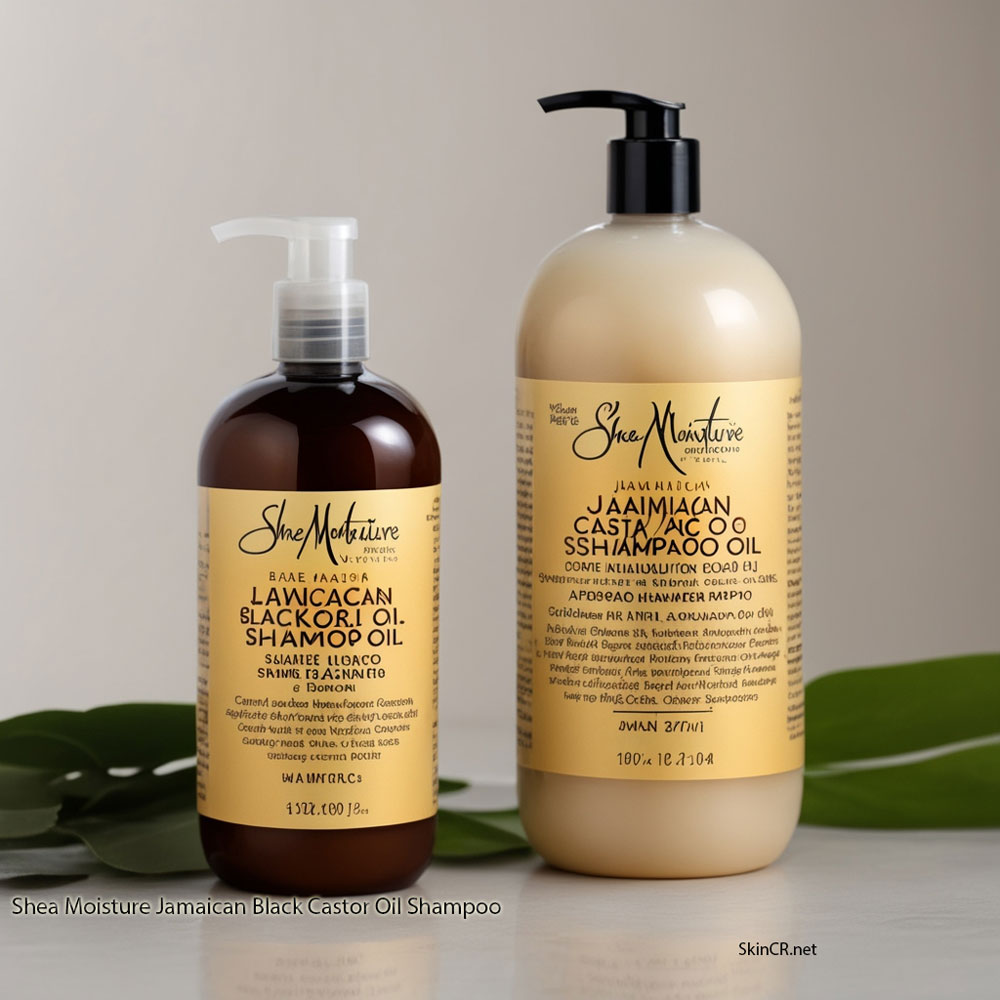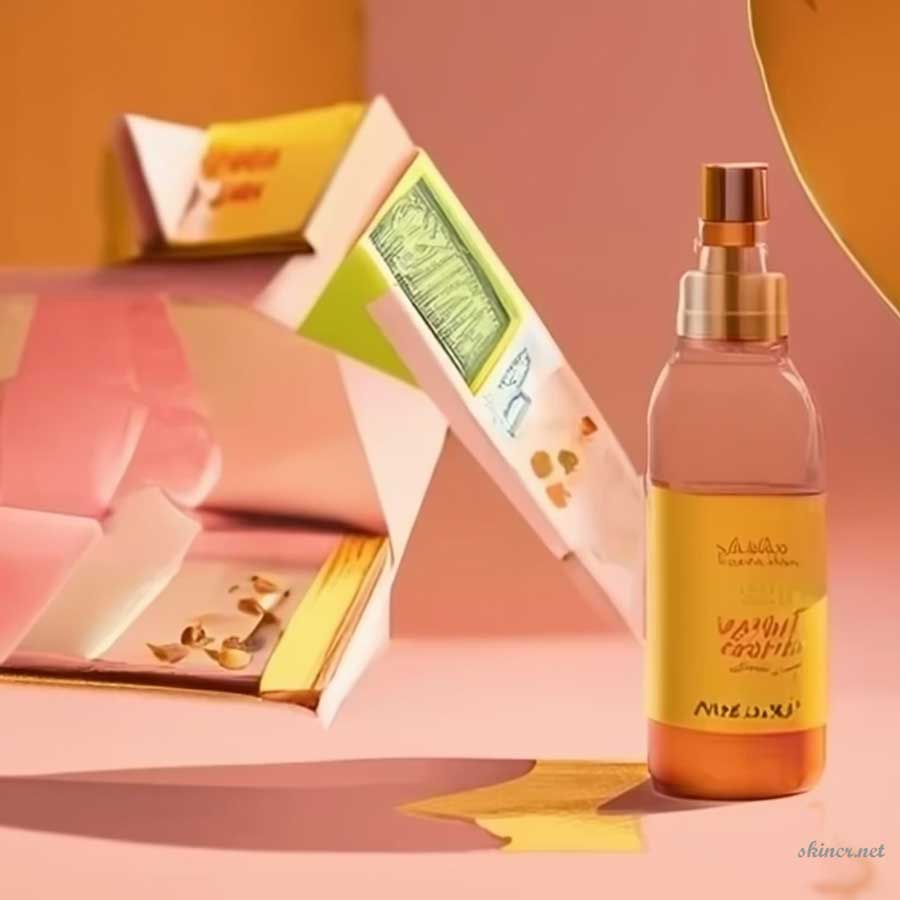Skin issues are a common concern for many individuals. Conditions such as acne, eczema, and various rashes can lead to discomfort and self-consciousness. Among these skin lesions, two terms you may have encountered are “pustules” and “papules.” In this comprehensive guide, we’ll delve into the differences between pustules and papules, explore related terms like nodules and macules, and provide insights into how to manage papules, including natural treatment options. We’ll also discuss pustules in relation to whiteheads and showcase visual examples to help you better understand these skin conditions.
Pustule vs. Papule: A Detailed Comparison
Pustules and papules are both types of skin lesions, but they exhibit distinct characteristics. Understanding these differences is crucial for effective diagnosis and treatment.
1.1. Papules
Papules are small, raised, solid bumps that appear on the skin. They are typically less than 1 centimeter in diameter and often feel like hard, tender nodules when touched. Papules can be red, pink, or brown, depending on the underlying cause. Common causes of papules include acne, insect bites, or skin conditions like psoriasis.
1.2. Pustules
Pustules, on the other hand, are similar to papules in that they are also raised and contain pus. These lesions are typically characterized by a white or yellow center surrounded by red, inflamed skin. Pustules often develop as a result of infections, such as those caused by bacteria or fungi. Acne pustules are a classic example of this type of skin lesion.
1.3. Key Differences
The primary difference between pustules and papules lies in their content. Pustules contain pus, making them visibly different from papules. This distinction is crucial because it influences the choice of treatment and management for each condition. Pustules usually require a different approach compared to papules due to the presence of infectious material.
Nodule vs. Papule: A Comparative Analysis
In the realm of skin lesions, the terms “nodule” and “papule” are often used interchangeably. However, there are subtle differences between these two skin issues.
2.1. Nodules
Nodules are similar to papules in that they are raised, solid lesions. They are larger than papules, typically exceeding 1 centimeter in diameter. Nodules can be quite painful and are often associated with deeper skin conditions, such as cystic acne or nodular acne. These conditions can be more severe and challenging to treat than common papules.
2.2. Papules vs. Nodules
The key distinction between papules and nodules is their size and depth. While papules are small and relatively superficial, nodules are larger, deeper, and often more painful. Nodules can lead to scarring and should be addressed promptly by a dermatologist.
Pustule vs. Papule vs. Macule: Understanding the Trio
To fully understand the differences between pustules and papules, it’s important to introduce the concept of macules.
3.1. Macules
Macules are flat, discolored spots on the skin. Unlike papules and pustules, macules don’t involve a change in skin texture or elevation. Instead, they are characterized by a change in color. Common examples of macules include freckles, birthmarks, and some types of rashes.
3.2. Pustules vs. Papules vs. Macules
When comparing pustules, papules, and macules, it becomes clear that each of these terms describes distinct types of skin lesions. Pustules are raised, contain pus, and are typically associated with infections. Papules are also raised but do not contain pus and can result from various causes. Macules, however, are flat and involve changes in skin color rather than texture.
How to Get Rid of Papules Overnight
Many individuals are eager to find quick solutions for managing papules, especially when they are preparing for an important event or want to alleviate discomfort. While it’s important to note that papules may not completely disappear overnight, there are some strategies to help manage and reduce them in the short term:
4.1. Topical Treatments
- Salicylic Acid: Products containing salicylic acid can help unclog pores and reduce inflammation associated with papules.
- Benzoyl Peroxide: This ingredient can combat bacteria and promote healing. However, it may cause dryness and irritation, so use it with caution.
- Ice Compress: Applying an ice compress can help reduce redness and soothe inflamed papules.
4.2. Lifestyle Adjustments
- Healthy Diet: A diet rich in fruits, vegetables, and water can help maintain clear skin.
- Hygiene: Regularly cleanse your face and avoid picking at papules, as this can worsen the condition and lead to scarring.
4.3. Over-the-Counter Medications
- Over-the-counter (OTC) treatments: OTC creams and ointments with active ingredients like sulfur, tea tree oil, or witch hazel can be effective in managing papules.
It’s important to note that the effectiveness of overnight treatments can vary from person to person. Consult with a dermatologist for a personalized and long-term solution for papules.
Pustule vs. Whitehead: Differentiating Acne Lesions
Understanding various types of acne lesions is vital for effective acne management. Pustules and whiteheads are two common types of acne, each with its unique characteristics.
5.1. Whiteheads
Whiteheads, also known as closed comedones, are small, raised bumps with a white or flesh-colored center. These bumps are caused by the accumulation of sebum, dead skin cells, and bacteria within a hair follicle. They do not contain pus and are considered non-inflammatory acne.
5.2. Pustules
Pustules, on the other hand, are inflammatory acne lesions. They have a visible white or yellow center filled with pus and are surrounded by red, inflamed skin. Pustules are often painful and may be associated with bacterial infections.
5.3. Key Differences
The primary difference between pustules and whiteheads is the presence of pus. Whiteheads do not contain pus and are non-inflammatory, while pustules contain pus and are considered inflammatory acne. Effective treatment for each type of lesion may vary, so accurate diagnosis is essential for choosing the right approach.
Papules Acne: Causes and Treatment
Papules can be a common manifestation of acne. Understanding the causes and treatment options for papules in the context of acne is essential for effective management.
6.1. Causes of Papules in Acne
Papules in acne are often caused by the following factors:
- Excess sebum production
- Clogged hair follicles
- Bacterial overgrowth, particularly Propionibacterium acnes
6.2. Treatment for Papules in Acne
Effective treatment for papules in acne may include:
- Topical treatments like retinoids, which can help unclog pores and reduce inflammation.
- Antibiotics to combat bacterial overgrowth.
- Hormonal therapy for hormonal acne cases.
- Chemical peels to exfoliate the skin and reduce the appearance of papules.
It’s crucial to consult with a dermatologist to determine the best course of treatment based on the severity of your acne.
Papules vs. Pustules vs. Nodules: Understanding Severity
Papules, pustules, and nodules are different types of acne lesions that vary in terms of severity. Understanding these distinctions can help you assess the seriousness of your condition and determine the appropriate course of action.
7.1. Papules
Papules are considered a mild form of acne. They are small, raised bumps that are usually red or pink. While they can be uncomfortable and may progress to more severe forms of acne if left untreated, they are relatively easier to manage.
7.2. Pustules
Pustules are a step up in severity from papules. They contain pus, are often painful, and have a more pronounced inflammatory component. Proper treatment is essential to prevent scarring and further complications.
7.3. Nodules
Nodules are the most severe form of acne. These large, painful, and deep-seated lesions can cause significant scarring and should be addressed by a dermatologist. Nodular acne often requires more aggressive treatment approaches.
How to Treat Papules Acne Naturally
For those who prefer natural remedies for managing papules acne, several options are available. While natural treatments may not provide immediate results, they can be effective in the long run. Here are some natural remedies to consider:
8.1. Tea Tree Oil
Tea tree oil is known for its antimicrobial properties, which can help combat the bacteria associated with papules acne. Dilute tea tree oil with a carrier oil and apply it to affected areas.
8.2. Aloe Vera
Aloe vera gel has soothing and anti-inflammatory properties. Applying aloe vera to papules can help reduce redness and inflammation.
8.3. Honey and Cinnamon Mask
A mixture of honey and cinnamon can serve as a natural antibacterial and anti-inflammatory mask. Apply it to your face and leave it on for 10-15 minutes before rinsing.
8.4. Green Tea
Green tea contains antioxidants that can help reduce inflammation. Apply cooled, brewed green tea to your skin or use skincare products that contain green tea extracts.
Pustule vs. Papule Pictures: Visual Guide
Visual aids can be extremely helpful when trying to distinguish between pustules and papules. Here are some pictures for reference:
[Insert Pustule Image]
[Insert Papule Image]
Conclusion
In summary, understanding the differences between pustules and papules is essential for effective diagnosis and treatment of various skin conditions. Additionally, recognizing related terms like nodules and macules can provide a more comprehensive understanding of skin lesions. For those dealing with papules, there are multiple treatment options available, including natural remedies. However, it’s crucial to consult a dermatologist for a personalized treatment plan. Lastly, recognizing the severity of acne lesions, be it papules, pustules, or nodules, can guide you toward appropriate management and prevention of scarring.
Remember that when dealing with any skin condition, it’s essential to consult a healthcare professional for an accurate diagnosis and tailored treatment plan. Your skin’s health and appearance are worth the investment in proper care and attention.


